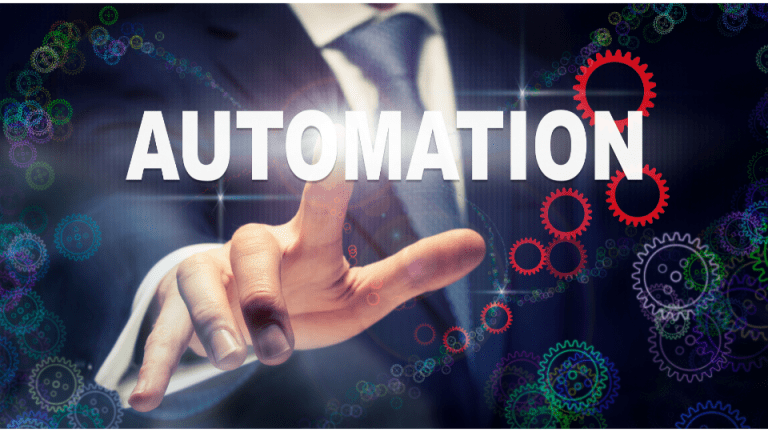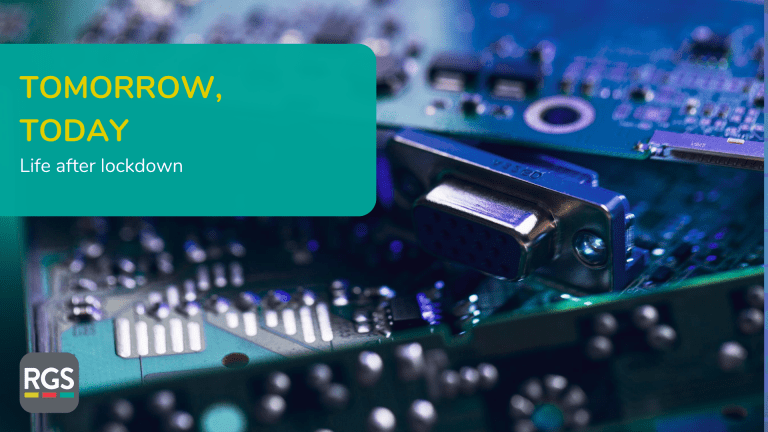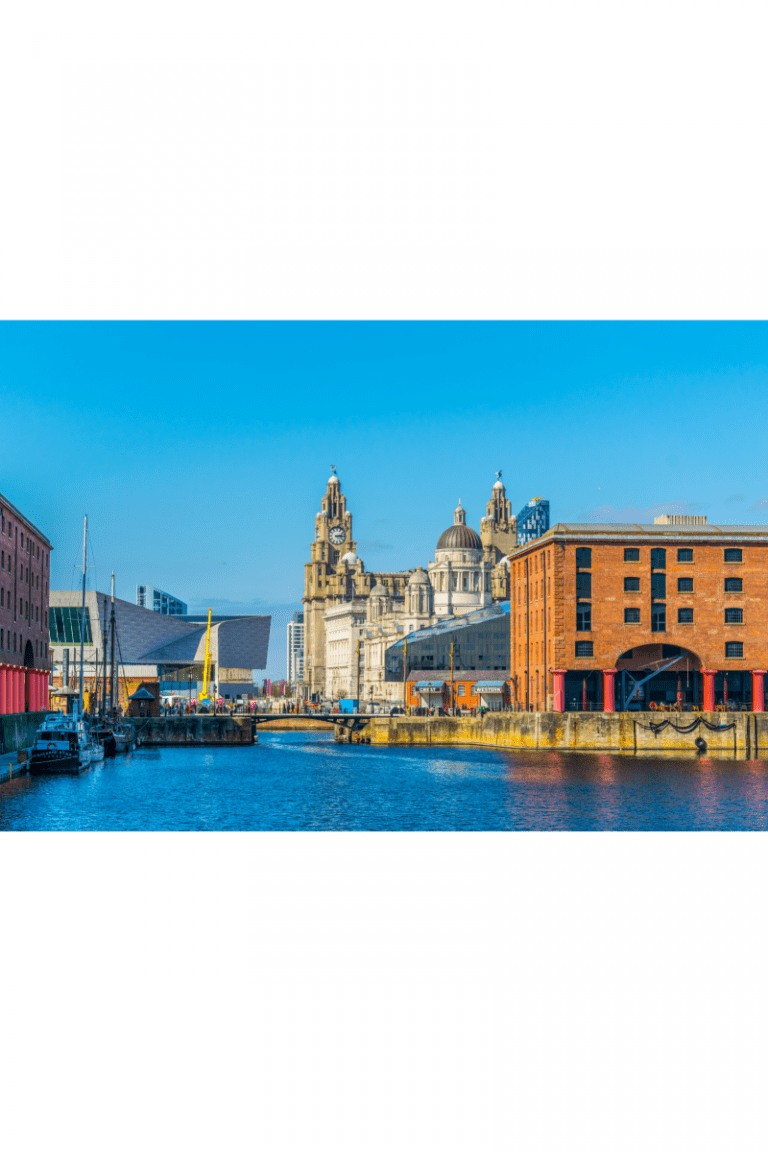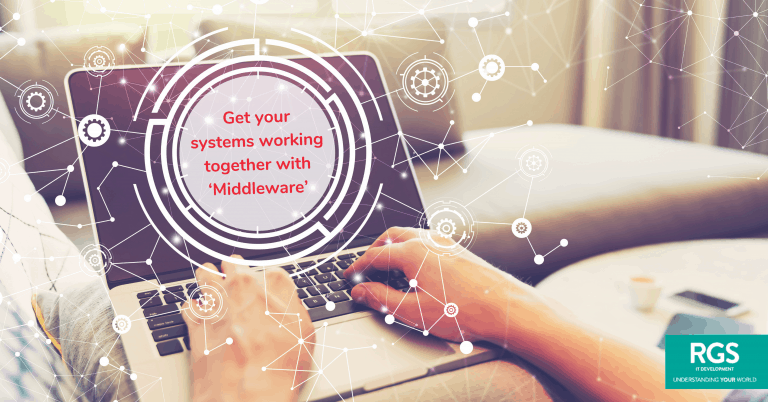In an increasingly-digital world, there’s a myriad of exciting ways your business can gather and use data for your benefit. Whether or not you’re a tech-led company, incorporating IIOT into your digital transformation strategy will have a hugely positive impact on your business processes and profitability.
In this article, Managing Director and Co-Founder, Rob Holmes, explains why IIOT is so important and how it can help your organisation gather and interpret data to reduce costs and increase efficiency.
What is IIOT?
IIOT is about forming an ecosystem for an organisation whereby people, systems, and devices are connected to a secure, private network where they can quickly communicate and share data.
It incorporates cloud platforms, sensors, artificial intelligence, data analytics, and multiple-device communication to gather, interpret, and present previously lost data to highlight areas where efficiency can be improved and inform better decision making before problems arise.
How can businesses identify areas that require or could benefit from IIOT?
The “Internet of Things” is a technology stack that allows you to extract data from scenarios (“things”) where there doesn’t necessarily appear to be any. For example – if you have an agricultural business that can optimise growing times by ensuring that the soil is kept at the perfect temperature/moisture level, then this could be an ideal case for IIOT. So, although you may not think initially that there is data available to help you monitor these factors, IIOT makes this possible.
I try to paint the picture in people’s minds of data pouring out of the soil (in this case) and if not collected it just pours onto the floor and disappears. With IIOT sensors, you can continually monitor all aspects of the soil (in this case) – temperature, moisture, acidity etc, alongside other aspects of agriculture that could affect growth rates (perhaps humidity and air temperature). In this case, that data that is already in the environment but is not yet being collected can now be captured, analysed, and used to optimise the business, either by informing management staff or indeed by driving automated decision making systems that are responsible for watering, heating, and other important functions.
How can an IIOT system be custom created to benefit different kinds of organisations?
There are many IIOT sensors on the market that do great things, and if you need to measure precisely what these sensors provide, then that is all good – that’s the solution for you.
However, as is often the case with business systems more widely, requirements for IIOT are often unique to an individual situation. Bespoke IIOT takes edge devices (small self-contained computers and microcontrollers) and connects them to a very wide range of sensors and actuators to build an automation system that suits your specific requirements.
Sensors can be chosen from several thousand available and combined into groups to measure the unique properties of the specific environment. These measurements can then potentially be used to make alterations to the operational environment via actuators. In my answer above I discussed the “automated greenhouse” – so in this case, if the temperature has fallen below the target then the heating can be actuated. Likewise, the watering system can be actuated if the moisture level needs raising. This principle can be applied to a multitude of business scenarios wherever such parameters can be measured and used to improve operations.
A contemporary scenario is that of air quality. The CDC in the USA has stated that air quality in meeting rooms should be ensured in order to reduce the chances of COVID cross-infection. If CO2 levels in the atmosphere rise above 1600parts per million of air, then this should be considered too high. IIOT could be used here to increase the climate control airflow to bring down CO2 levels, and if this is not successful, it could trigger an alert in the meeting room recommending people take a break to allow levels to fall before recommencing the meeting.
Why is it important for businesses to consider IIOT as part of the digital transformation strategy?
IIOT offers businesses the opportunity to automate processes, gain deeper insight, and reduce costs. Take the greenhouse example above – an agribusiness can now monitor all growth-dependant aspects of their operations in minute detail, 24/7. Imagine the cost of doing this with human staff. Also, it can be done at a minute scale – if the moisture level in one specific section of the greenhouse is too low, the specific area can be watered rather than having to water the whole greenhouse, thereby reducing water waste and associated cost. Likewise with heating and humidity systems.
This level of control allows businesses to optimise their productivity with the inevitable positive impact on their profitability.
What are the key components of a great IIOT strategy?
In simple terms, if you have a business in which you know you have gaps in your knowledge about your operation, then that’s the starting point. From there, implementing technology to capture the data required to fill those gaps, and then finally allowing your horizons to be guided by what you discover.
Why is user experience so important when it comes to IIOT?
There’s a popular contemporary term that is often bandied around which is “Data Scientists” and this is at the heart of why the User Experience is so important in IIOT. The technology that we implement is capable of creating a lot of data, and data is often quite complex. Unpicking meaning within large quantities of complex data can feel like a scientific exercise, hence the term Data Science.
Although processing “noisy” or otherwise imperfect data can be complex, it is essential if you’re going to end up with a visualisation that accurately conveys information the user needs to enhance efficiency and profitability. However, the average user won’t be able to gain the insight they need if the data they are presented with is baffling or obscure. For this reason, User Experience is key in reducing this almost scientific level of complexity and making data manageable and actionable.
Tell us about a great IIOT project you’ve worked on and how it benefitted the organisation
We’ve worked with a number of organisations to achieve greater insight into their operational activities. One which sticks in the mind is a project to bring IIOT sensors into manufactured equipment in order to monitor health and condition. By monitoring the condition of the equipment, the service staff are able to predict when an issue is likely to occur prior to it actually happening and causing a breakdown.
Any machine which has moving parts will wear out. Filters clog, bearings wear, oils decay – it’s all part of normal operation. However, if you can detect the status of all the major components in the machine and predict breakdowns, then you achieve two important goals. Firstly you avoid costly breakdowns which only serve to damage your company’s reputation. Secondly, you avoid the need to send maintenance engineers periodically just to inspect the equipment and find nothing wrong.
This approach allowed our client to introduce predictive maintenance to their machinery, increasing the reliability of the equipment and cutting their costs.
Here to help
Come and visit us at the Chester Business Show on the 10th November to find out how IIOT can benefit your organisation or don’t hesitate to get in touch with our experts on 0845 855 0550.






